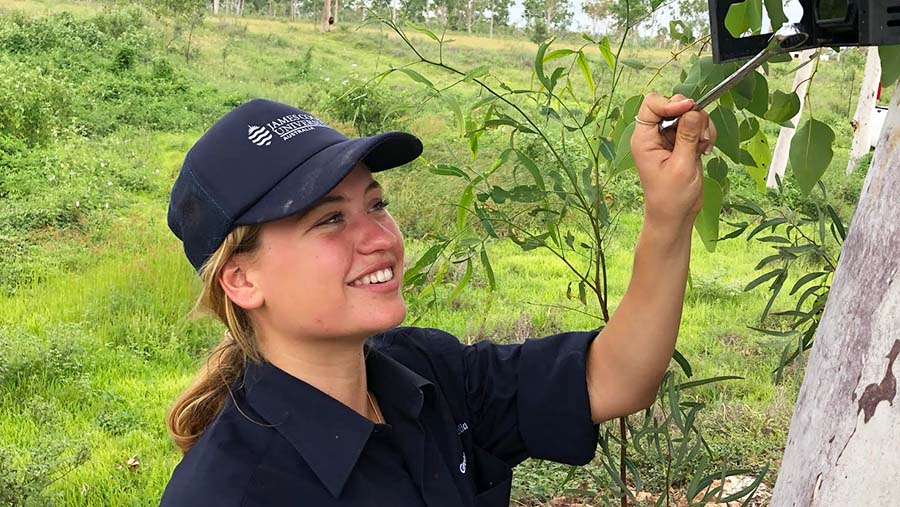Cappellozza BI, Cooke RF and Harvey KM (2021) 'Omega-6 fatty acids: a sustainable alternative to improve beef production efficiency', Animals, 11(6):1764, doi:10.3390/ani11061764.
Global Market Insights (2024) Commercial seaweed market size - by product (brown, red, green), by form (dry, wet), by end user (animal feed, food, biofuels, pharma & personal care) & forecast, 2024-2032, Global Market Insights.
Davison TM, Black JL and Moss JF (2020) 'Red meat-an essential partner to reduce global greenhouse gas emissions', Animal Frontiers, 10(4):14-21, doi:10.1093/af/vfaa035.
De Bhowmick G and Hayes M (2023) 'Potential of seaweeds to mitigate production of greenhouse gases during production of ruminant proteins', Global Challenges, doi:10.1002/gch2.202200145.
Glasson CRK, Kinley RD, de Nys R, King N, Adams SL, Packer MA, Svenson J, Eason CT and Magnusson M (2022) 'Benefits and risks of including the bromoform containing seaweed Asparagopsis in feed for the reduction of methane production from ruminants', Algal Research, 64, doi:10.1016/j.algal.2022.102673.
Helmenstine AM (12 January 2020). 'Polysaccharide definition and functions', ThoughtCo.
Kinley RD, Martinez-Fernandez G, Matthews MK, de Nys R, Magnusson, M and Tomkins NW (2020) 'Mitigating the carbon footprint and improving productivity of ruminant livestock agriculture using a red seaweed', Journal of Cleaner Production, 259, doi:10.1016/j.jclepro.2020.120836.
Li X, Norman HC, Kinley RD, Laurence M, Wilmot M, Bender H, de Nys R and Tomkins N (2016) 'Asparagopsis taxiformis decreases enteric methane production from sheep', Animal Production Science, 58(4):681, doi:10.1071/an15883.
Liu M, Liu L, Zhang HF, Yi B and Everaert N (2021) 'Alginate oligosaccharides preparation, biological activities and their application in livestock and poultry', Journal of Integrative Agriculture, 20(1):24-34, doi:10.1016/s2095-3119(20)63195-1
Makkar HPS, Tran G, Heuzé V, Giger-Reverdin S, Lessire M, Lebas F and Ankers P (2016) 'Seaweeds for livestock diets: a review', Animal Feed Science and Technology, 212:1-17, doi:10.1016/j.anifeedsci.2015.09.018
Maycock B, Then A, Taufek N, Mills D and Blackford K (2023) 'Food from the Ocean' in Fleming LE, Gerwick WH, Matthew OG, Solo-Gabriele H, Alcantara Creencia LB, Hong CG and Maycock B (eds) Oceans and human health: opportunities and impacts, 2nd edn, Academic Press, doi:10.1016/B978-0-323-95227-9.00022-1.
Moallem U (2018) 'Invited review: roles of dietary n-3 fatty acids in performance, milk fat composition, and reproductive and immune systems in dairy cattle', Journal of Dairy Science, 101(10):8641-8661 doi:10.3168/jds.2018-14772.
Muñoz-Tamayo R, Chagas JC, Ramin M and Krizsan SJ (2021) 'Modelling the impact of the macroalgae Asparagopsis taxiformis on rumen microbial fermentation and methane production', Peer Community Journal, 1, doi:10.24072/pcjournal.11.
Øverland M, Mydland LT and Skrede A (2018) 'Marine macroalgae as sources of protein and bioactive compounds in feed for monogastric animals', Journal of the Science of Food and Agriculture, 99(1):13-24, doi:10.1002/jsfa.9143.
Patra AK (2011) 'Enteric methane mitigation technologies for ruminant livestock: a synthesis of current research and future directions', Environmental Monitoring and Assessment, 184(4):1929-1952, doi:10.1007/s10661-011-2090-y.
Roque BM, Salwen JK, Kinley R and Kebreab E (2019) 'Inclusion of Asparagopsis armata in lactating dairy cows' diet reduces enteric methane emission by over 50 percent', Journal of Cleaner Production, 234:132-138 doi:10.1016/j.jclepro.2019.06.193.
Trius A, Sebranek JG and Lanier T (2009) 'Carrageenans and their use in meat products', Critical Reviews in Food Science and Nutrition, 36(1-2):69-85, doi:10.1080/10408399609527719.
Wright J (22 August 2023) Identifying quality methane-reducing seaweed in Tasmanian waters, University of Tasmania website.
Vucko MJ, Magnusson M, Kinley RD, Villart C and de Nys R (2016) 'The effects of processing on the in vitro antimethanogenic capacity and concentration of secondary metabolites of Asparagopsis taxiformis', Journal of Applied Phycology, 29(3):1577-1586, doi:10.1007/s10811-016-1004-3.



